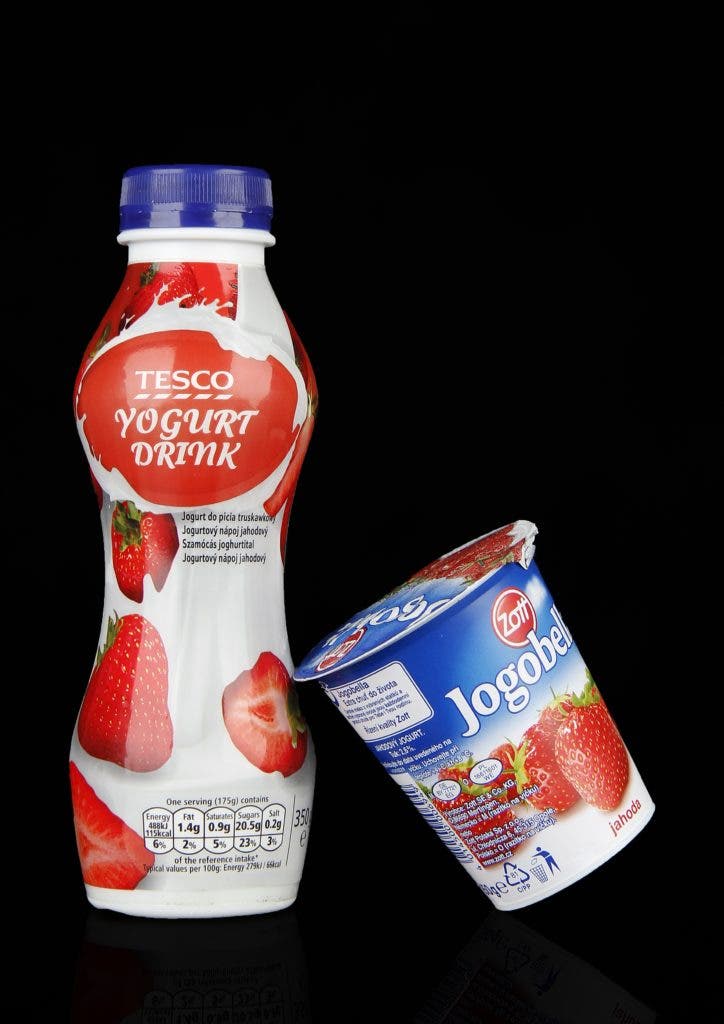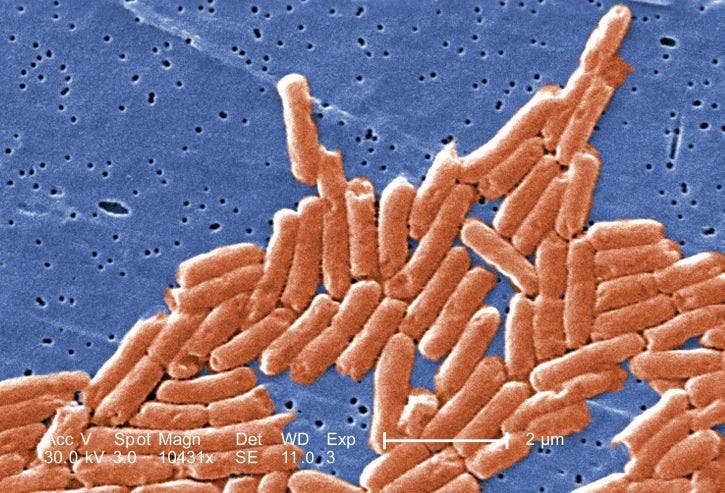It’s important to keep packaged food free of bacteria for safe eating. Bacteria such as Salmonella and Listeria can contaminate food and cause infection. This is particularly dangerous now, as antibiotic resistance is rising and bacteria are becoming immune to our antibiotics. We need another way to keep our food safe.
Bacteriophages are one promising solution. It may seem counterintuitive to fight bacteria with viruses, but phages are naturally present on produce and do not affect the taste, appearance, or safety of food. They target and kill only bacteria. A huge plus is that they target only specific bacteria and left other beneficial bacteria unharmed. This selective targeting is different than antibiotics, which unsophisticatedly kill any bacteria in their path. For example, in cheese and yoghurts, bacteria are used to create the finished product with its particular texture and flavour. Phages could be especially useful here to get rid of any harmful bacteria while keeping tasty yoghurts and cheese.

Perhaps phages could be incorporated into the packaging of yoghurt and other food to keep it safe against harmful bacteria. Image credits: pxhere.
Using phages in food packing seems like a natural next step. However, the implementation is not so easy. Drying the phages out can kill the viruses, making them useless. Other approaches need special equipment and aren’t practical.
In a study in ACS Biomaterials Science & Engineering, scientists report that they were able to make these helpful viruses last up to three months. The secret? They embedded the phages onto “sugar glasses”, which are soluble films made with pullulan (a polysaccharide used to make fruits and eggs stay good longer) or trehalose (a sugar used as a stabilizing agent in freeze drying) or a combination of both. They drop-cast or spread the mixtures onto butcher paper where they air-dried overnight at room temperature. The phages in pullulan or trehalose were unable to combat bacteria after a week or two. Those in a combined pullulan-trehalose mixture could still target bacteria effectively after three months. The two media together kept each other stable and makes this a simple method to protect food from bacterial contamination. Packaging coated in this mixture could help to prevent food-borne diseases and fatalities.
Journal reference: Vincent Leung et al. Long-Term Preservation of Bacteriophage Antimicrobials Using Sugar Glasses, ACS Biomaterials Science & Engineering (2017). DOI: 10.1021/acsbiomaterials.7b00468










